Wondering how hot your favorite peppers really are? This guide delivers exactly what you need: a clear Scoville heat chart, practical safety tips for handling spicy peppers, and straightforward advice on which varieties work best for cooking. Discover how to safely enjoy jalapeños, habaneros, and even Carolina Reapers without discomfort - plus get professional techniques anyone can use in their kitchen.
Which Peppers Are Hottest? Your Quick Reference Guide
| Pepper Variety | Scoville Heat Units | Real-World Heat Comparison |
|---|---|---|
| Carolina Reaper | 1,400,000-2,200,000 SHU | 3-5x hotter than habanero; causes intense burning that lasts 20+ minutes |
| Ghost Pepper (Bhut Jolokia) | 800,000-1,041,427 SHU | 2-3x hotter than habanero; burning sensation builds slowly but intensely |
| Habanero | 100,000-350,000 SHU | Fruity flavor with significant burn; popular in hot sauces |
| Serrano | 10,000-23,000 SHU | 5x hotter than jalapeño; crisp flavor works well fresh |
| Jalapeño | 2,500-8,000 SHU | Mild to moderate heat; most common fresh pepper in US |
| Poblano | 1,000-2,000 SHU | Very mild; perfect for stuffed peppers |

Immediate Relief: What to Do When Peppers Burn (Fast)
When you accidentally touch something too hot, these methods provide real relief:
- For skin exposure - Immediately apply vegetable oil to dissolve the capsaicin, then wash with soap and water (water alone spreads the burn)
- For mouth burns - Drink whole milk or eat yogurt (the fat binds with capsaicin); avoid water which makes it worse
- For eye exposure - Rinse with milk or saline solution for 15 minutes; seek medical help if burning continues
- Prevention tip - Always wear nitrile gloves (not latex) when handling hot peppers like habaneros or ghost peppers
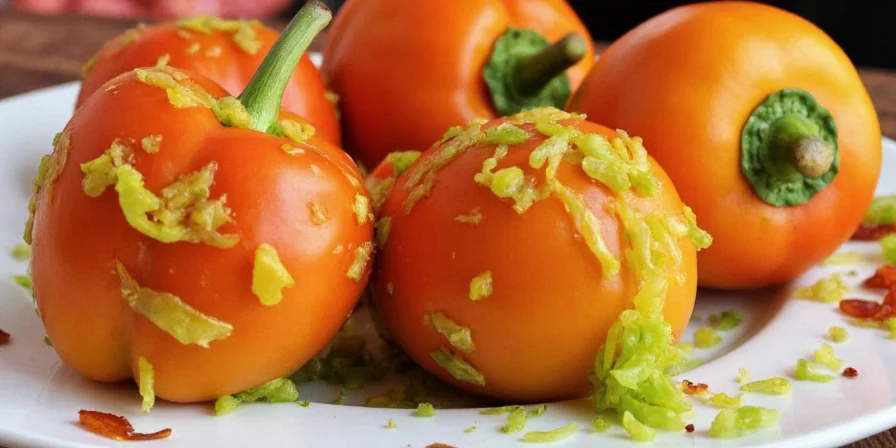
Safe Handling Guide: Working with Hot Peppers Without the Pain
Professional chefs follow these simple protocols to avoid pepper burns:
- Always use nitrile gloves - Latex gloves don't block capsaicin oils effectively
- Remove membranes first - 90% of the heat lives in the white membranes, not the seeds
- Clean surfaces with vinegar - 5% acetic acid neutralizes capsaicin better than soap alone
- Dedicate specific cutting boards - Use a red-coded board just for hot peppers to prevent cross-contamination
- Avoid touching your face - Even with gloves, don't touch eyes or lips while handling peppers
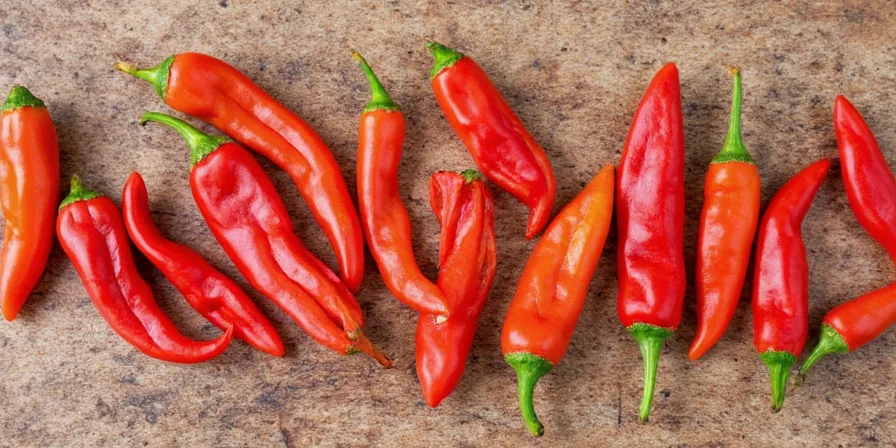
Top 5 Most Popular Hot Peppers and How to Use Them
These peppers deliver the best balance of flavor and heat for home cooking:
- Jalapeño - Mild heat with grassy flavor. Perfect for salsas, nachos, and poppers. Pro tip: Remove seeds and membranes to reduce heat by 80%.
- Habanero - Intense heat with tropical fruit notes. Best for hot sauces and Caribbean dishes. Pro tip: Roast first to mellow the heat while keeping flavor.
- Serrano - Crisp, clean heat. Ideal for fresh pico de gallo and ceviche. Pro tip: Use 2 serranos instead of 1 habanero for similar heat with less intensity.
- Cayenne - Consistent heat without overwhelming flavor. Great for dry rubs and soups. Pro tip: Add early in cooking for deeper heat integration.
- Thai Bird's Eye - Sharp, immediate heat. Essential for authentic Thai curries. Pro tip: Freeze peppers first to make handling easier.
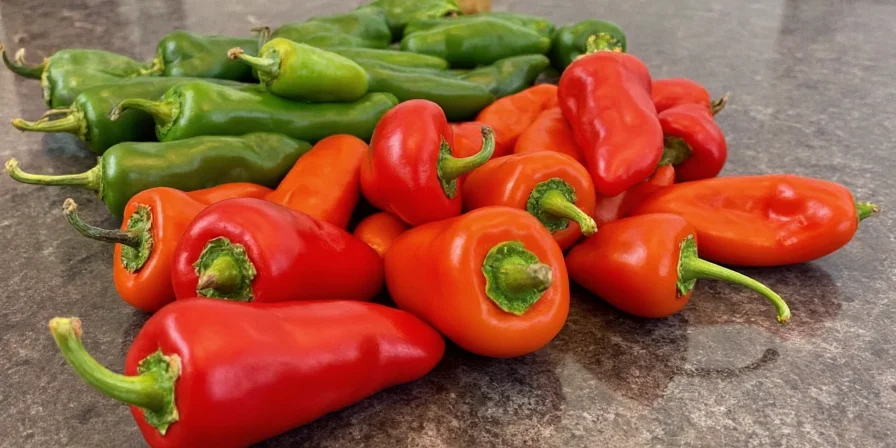
Pepper Heat Myths Busted: What Actually Works
| Myth | Truth | What Actually Works |
|---|---|---|
| "Water cools pepper burns" | Worse! Water spreads capsaicin oils | Milk, yogurt, or honey for mouth burns; oil then soap for skin |
| "Seeds contain most of the heat" | False - membranes hold 90% of capsaicin | Remove white membranes, not just seeds |
| "Hotter peppers are always red" | Color indicates ripeness, not heat level | Check Scoville rating; green habaneros can be hotter than red |
| "Freezing reduces pepper heat" | Actually increases heat by 15-20% | Thaw completely before use for predictable heat |
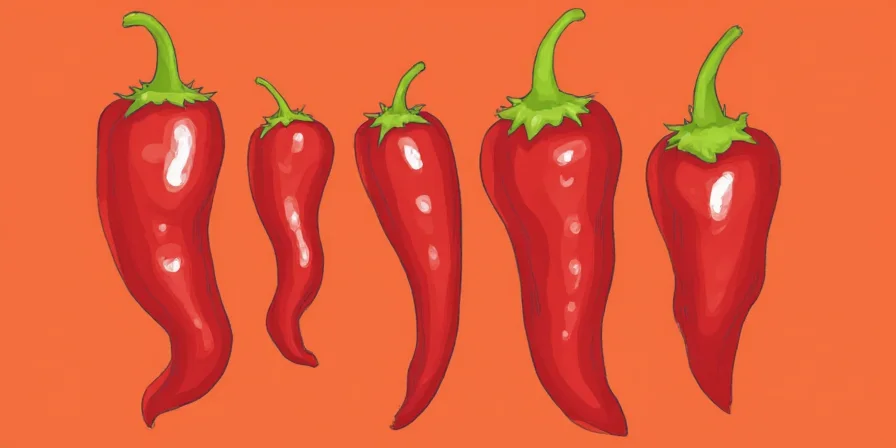
Buying Guide: How to Choose the Best Peppers at the Store
Follow these tips to select quality peppers that deliver the right heat level:
- Check for firmness - Avoid peppers with soft spots or wrinkles (except for poblanos which naturally wrinkle)
- Look at the shoulders - Pointed shoulders indicate more heat (especially in jalapeños)
- Consider color - Red peppers are riper and slightly sweeter than green, but not necessarily hotter
- Size matters - Smaller peppers of the same variety tend to be hotter
- Seasonality tip - Peak season (summer-fall) brings the most flavorful peppers
Storing Peppers: How Long They Really Last
| Pepper Type | Room Temperature | Refrigerator | Freezer |
|---|---|---|---|
| Jalapeño | 2-3 days | 1-2 weeks | 6 months (whole) |
| Habanero | 3-4 days | 2-3 weeks | 6 months (whole) |
| Serrano | 2 days | 1-2 weeks | 6 months (whole) |
| Ghost Pepper | 3 days | 2-3 weeks | 6 months (whole) |

Frequently Asked Questions
How do I stop my hands from burning after handling hot peppers?
Apply vegetable oil immediately to dissolve the capsaicin, then wash thoroughly with soap and warm water. For persistent burns, try a baking soda paste. Always wear nitrile gloves next time - regular gloves don't provide enough protection.
What's the difference between Scoville units and heat levels?
Scoville Heat Units (SHU) measure capsaicin concentration scientifically. Heat levels are subjective descriptions (mild, medium, hot) that vary by person. A jalapeño (2,500-8,000 SHU) is medium hot to most people, while a habanero (100,000-350,000 SHU) is extremely hot.
Can you build tolerance to hot peppers?
Yes, but temporarily. Regular exposure desensitizes TRPV1 receptors, letting you handle hotter peppers. This isn't permanent immunity - take a break and your sensitivity returns. Start with milder peppers and gradually increase heat.
Why do some people handle peppers better than others?
Genetic differences in TRPV1 receptors create natural variations in heat sensitivity. Cultural exposure also plays a role - people who grow up with spicy foods develop higher tolerance. Neither group is 'better,' just biologically different.
Which pepper should I try first as a beginner?
Start with jalapeños (2,500-8,000 SHU) - they're widely available and mild enough for most beginners. Remove seeds and membranes to reduce heat by 80%. After mastering jalapeños, try serranos (10,000-23,000 SHU) before moving to habaneros.

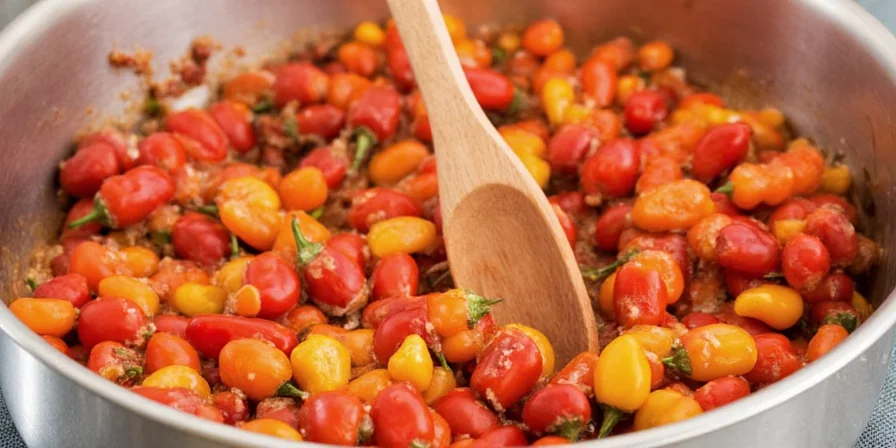









 浙公网安备
33010002000092号
浙公网安备
33010002000092号 浙B2-20120091-4
浙B2-20120091-4